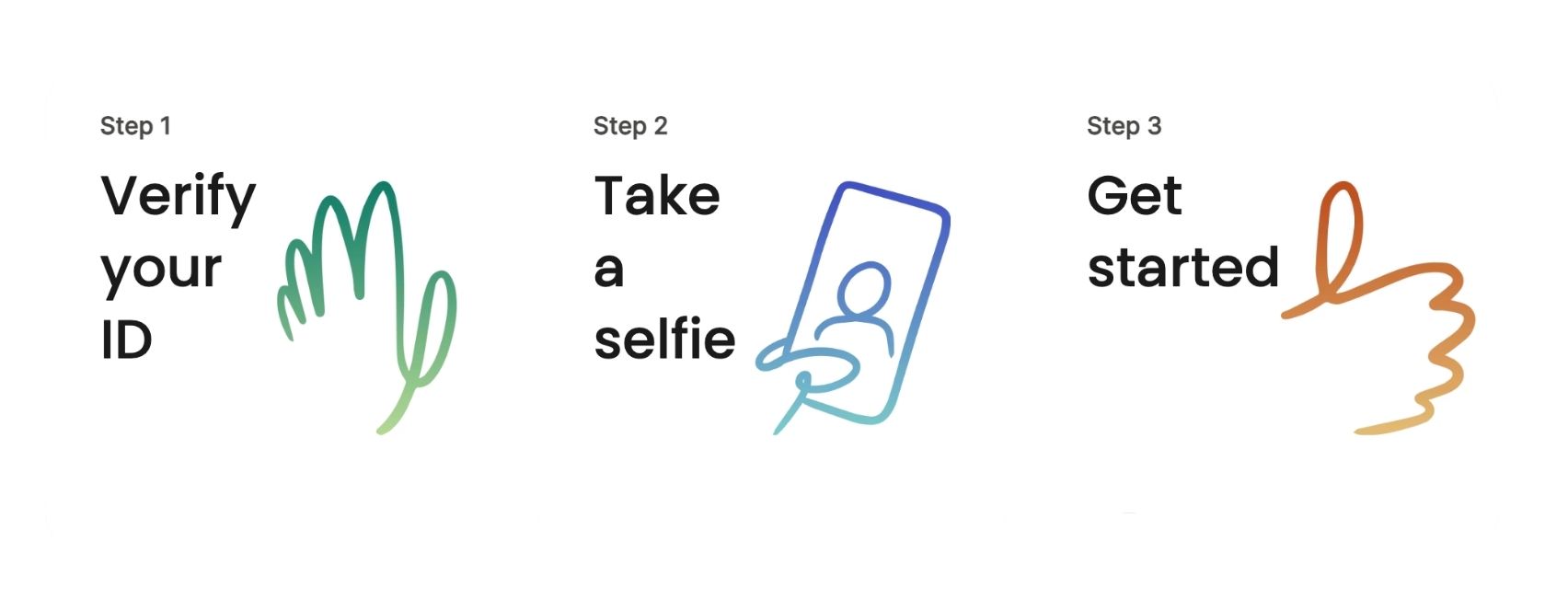A cesarean section, or C-section, is a surgical procedure used to deliver a baby by making an incision in the abdomen. Your doctor may recommend this surgery in certain situations, such as when the health of the pregnant person or fetus is at risk, certain pregnancy complications arise, and labor fails to progress. C-sections may be scheduled or done on an emergency basis. Most often, doctors use an epidural or spinal anesthesia to block sensations during a C-section. That's because using this type of regional anesthesia allows you to be awake and alert for your baby’s birth.

C-sections can be lifesaving surgeries that doctors usually perform in emergencies or circumstances where a baby would otherwise not be safely born. Since a C-section is a major surgery, the American College of Obstetricians and Gynecologists (ACOG) recommends that they be reserved for situations where they are medically necessary.
These situations can include:
According to ACOG, the drastic increase in the cesarean rate between 1996 and 2011 without concurrent decreases in maternal and neonatal morbidity and mortality indicates that C-sections were overused. While the World Health Organization does not recommend a target C-section rate, it is concerned with the rising rates of cesarean sections globally and recognizes that not all cesarean sections are performed for medical reasons.
C-sections by request are not a significant contributor to the high cesarean rate. In fact, only 2.5% of C-sections are performed based on the request of the pregnant person. In these situations, ACOG advises the following:
Like all medical procedures, a C-section comes with certain risks. Some risks are specific to the person giving birth, and some are to the baby.
Risks to the pregnant person include:
Risks to the baby include:
The most significant risk of C-sections is the risk posed to future pregnancies. The more cesarean sections a person has, the greater their risk of complications.
Risks to future pregnancies include:
An obstetrician usually performs a C-section in an operating room. The surgery itself usually takes around 45 minutes.
In most circumstances, your partner or support person may be allowed in the room with you. During the surgery, your doctor will cut through the abdomen and uterus to deliver the baby.
Before the surgery, a nurse and anesthesiologist will prepare you for the surgery. Preparation may include:
In addition, an anesthesiologist will administer anesthesia. Sometimes in an emergency, general anesthesia is used. Most of the time, however, an epidural or spinal block is preferred. This type of regional block allows the parent to be awake and alert for the birth of their baby.
To administer an epidural, the anesthesiologist will ask you to sit very still while they inject the medication and insert a tube into a space in your lower spine. The line will allow the anesthesiologist to continue to administer more anesthetics as needed during the surgery.
During the procedure, your doctor will make an incision in the abdominal and uterine walls. The type of incision on the skin may be different than the incision on the uterus. The skin incision and uterine incision could be transverse, horizontal and placed beneath the belly button, or vertical.
The risk of uterine rupture with a vertical uterine incision is 8% to 10%, while the risk with a transverse incision is 1%.
After your doctor makes the incisions, they will deliver your baby. Then they will cut the umbilical cord and remove the placenta. Finally, they will close the incisions with stitches. Sometimes other closure techniques such as staples are used on the skin.
If you are awake for the surgery, you will likely be able to hold your baby right away. After your doctor completes the surgery, you will be moved to a recovery room, where they will monitor your vitals and check your abdomen regularly.
Soon after the surgery, a nurse will remove your catheter. You may feel pain around your incision, and your doctor can prescribe medications to help you feel comfortable as you recover.
Hospital stays after a C-section are usually between two and four days. Remember that you are recovering not just from giving birth but also from a major surgery. Some things you may experience after a C-section include:
Even though you gave birth by C-section, it is still important to avoid placing anything in your vagina (and having sex) for several weeks to limit your chances of infection. Talk to your doctor for specific instructions.
Seek medical attention right away if you notice any of the following:
A C-section, or cesarean section, involves making an incision in your abdomen to deliver your baby. It's typically reserved for situations where a C-section is medically necessary. Examples include labor not proceeding and when your health or your baby's health is at risk.
An epidural or spinal anesthesia is given during this procedure to provide regional anesthesia, so you can be awake after your baby is born. You may have to stay at the hospital for two to four days after the surgery.
Introducing Eva.
Receive a complete Readiness Report in 24 hours — Built with best surgeons and anesthesiologists. Powered by AI.
Send the report to your surgeon.

About 38% of adult patients suffer an adverse event during or following their surgery, researchers reported Wednesday in the BMJ.
Nearly half of these complications result in serious, life-threatening or fatal harm, results showed.
60% of the complications were potentially preventable and 21% were definitely or probably preventable, researchers report.
Our mission is to provide safe & affordable surgical care
for every patient using AI technology and telehealth.

Surgery should be centered around you.
Your health, in your hands.
With Eva Me, it is. Licensed clinicians review your health record to provide personalized recommendations for surgery and anesthesia. It’s time for care that’s true to you.
Securely access Eva Me with a photo of your ID and a selfie.

Health records in multiple portals? That’s a thing of the past. Eva Me gathers your records in one place so licensed providers can give you personalized recommendations about your health.

Receive a summary on your phone — including surgical history, medications, labs, and risk factors — ready to send to be sent to your surgeon.

Trusted by the best health systems in the world
Includes — Anesthesia Self-Test, consented record pull via HIE and patient portals, Eva Readiness Report in 24 hours, personalized checklist, action plan, question guide, secure PDF and share link, online support
Information